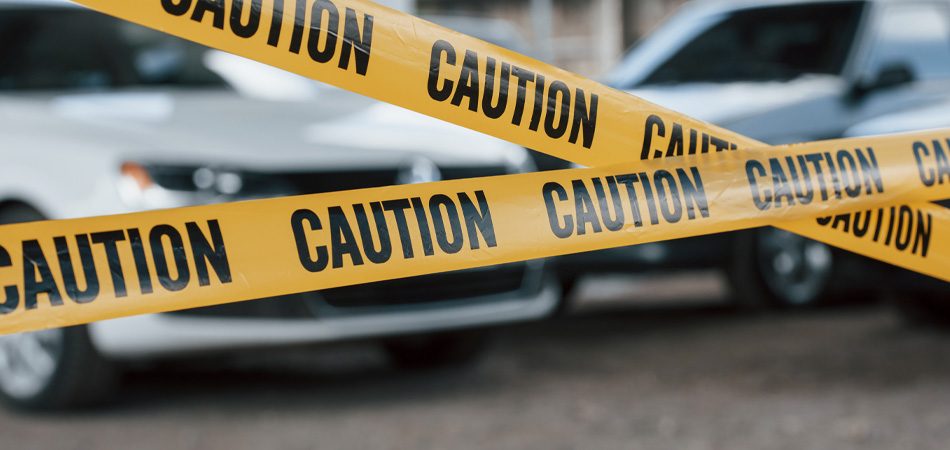Basic Accident Reconstruction Procedure

Tracking a motor vehicle accident which has already occurred in order to determine who is responsible for the accident and to what degree can be a complicated process. In cases resulting in severe injury or death, the police will try to reconstruct the accident to determine its exact circumstances. The reconstruction task is carried out either by police officers or independent investigators. The officers begin with determining if any criminal action led to the accident like speeding, mechanical violations or alcohol use. If the driver is found to have indulged in any such activities, he will have to face charges in front of the court.
Independent investigators are hired for the reconstruction procedure when insurance companies or attorney get involved on behalf of one of the parties to the accident. The investigator will analyze the causes of the accident and where the blame for it lies. The investigation begins first with studying the site of the accident. Measurements of evidence such as point of impact, skid marks and gouge trails are taken with the help of electronic surveying equipment. Nowadays, sophisticated software can take all the collected evidence and turn it into a computer-generated recreation of the accident for easy reference. Vehicle inspection is also carried out to measure the amount of damage done to the car and its inhabitants.
The mechanical components of the vehicles including the brakes, steering, suspension and lights are tested to see if they were the reason behind the accident. The qualification of the driver is also taken into account along with other motor carrier compliance related matters. Once all the investigations are done, the accident is reconstructed using the laws of physics to determine the speed at which the vehicle was driving, the position of the two cars at different times immediately before the accident, the weight of the vehicles, the angle of impact and other details. Different types of accident scenarios are considered. Each scenario is tested separately to arrive at a conclusion.
The speed of the two vehicles before the collision help lock down the time-distance relationship between the two vehicles. This helps bring the reconstruction work into the realm of ‘what-if’ scenarios. This is helpful because it helps the investigators isolate each individual factor that lead up to the accident and determine what would have happened if that particular factor had been removed from the equation. This in turn helps determine how much blame for the accident is a consequence of any one factor, which helps assign the responsibility of the accident to either one of the drivers, their cars, condition of the road or any other factor.



